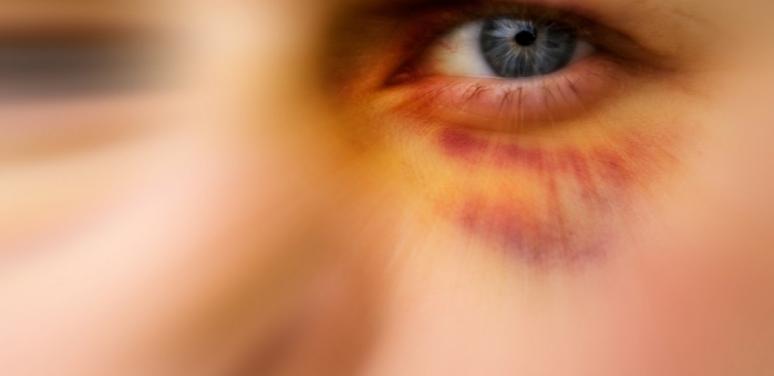Civil legal aid is tool in helping victims of partner violence

By Lonnie A. Powers Executive Director, Massachusetts Legal Assistance Corporation From the Huffington Post
When domestic violence makes national news, it is more often than not when a high profile celebrity is involved, as when Chris Brown was charged with assaulting his then-girlfriend Rhianna in 2009 or when the football player Ray Rice punched out his fiance, Janay Palmer.
These tragic stories often spark public debate and -- in some instances -- legislative action on how to better aid victims and prevent future incidences of domestic violence.
A public health problem
Domestic violence is a complex public health problem that defies an easy solution. When it comes to domestic violence victims who are living in poverty, however, access to legal services is proven to prevent further violence and save lives.
Research shows that the availability of civil legal services significantly reduces the likelihood that someone will again be the victim of intimate partner violence. In 2000, two researchers at the Carnegie Mellon Census Research Data Center were intrigued by a U.S. Department of Justice report noting that rates of domestic violence had significantly declined during the 1990s. By analyzing data from the National Crime Victimization Survey, as well as the U.S. Census, they concluded that access to civil legal services was a primary reason for the decline.
Violence went down when legal aid went up
Services provided by emergency shelters, counselors and hotlines are vital during a crisis. But access to protective orders, assistance with child custody and support, divorce and property distribution and domestic violence-related legal disputes around immigration, housing and public benefits help over the long-term as these services "appear to actually present women with real, long-term alternatives to their relationships," the researchers concluded in their report, which was published in 2003 in Contemporary Economic Policy.
Additionally, between 1994 and 2000, the period during which incidences of domestic violence declined, the availability of civil legal services for victims of domestic violence increased 245 percent (from 336 such programs to 1,441).
Strong legal advocacy is key
It is true that the court system can be scary and overwhelming for anyone, much less someone who comes to it in a vulnerable position to begin with. Without strong legal advocacy and other professional support for people in abusive relationships, their abusers can easily persuade or intimidate victims out of pursuing legal action.
A majority of the victims in the study were living in poverty. This fact once again reinforces the dire need for civil legal aid, which provides legal representation, advice, and information to low-income people with non-criminal legal problems such as domestic violence, child custody, or employment issues.
If we as a society are serious about preventing domestic violence, the expansion of civil legal aid for domestic violence victims must be in the policy mix. It makes no sense to ignore a tool proven to help individuals and families break free over the long-term from the cycle of violence and return to living safe, healthy and productive lives.



